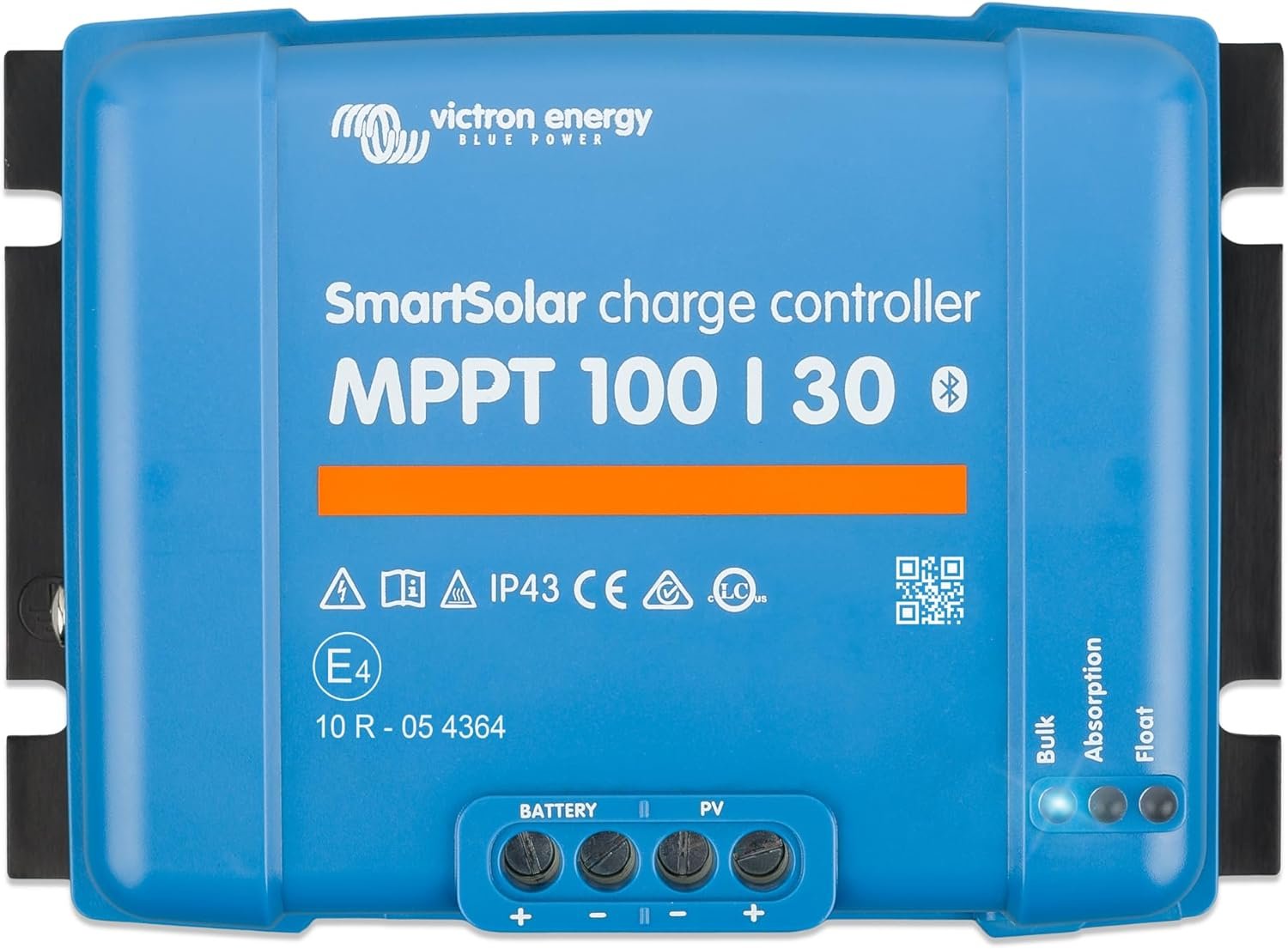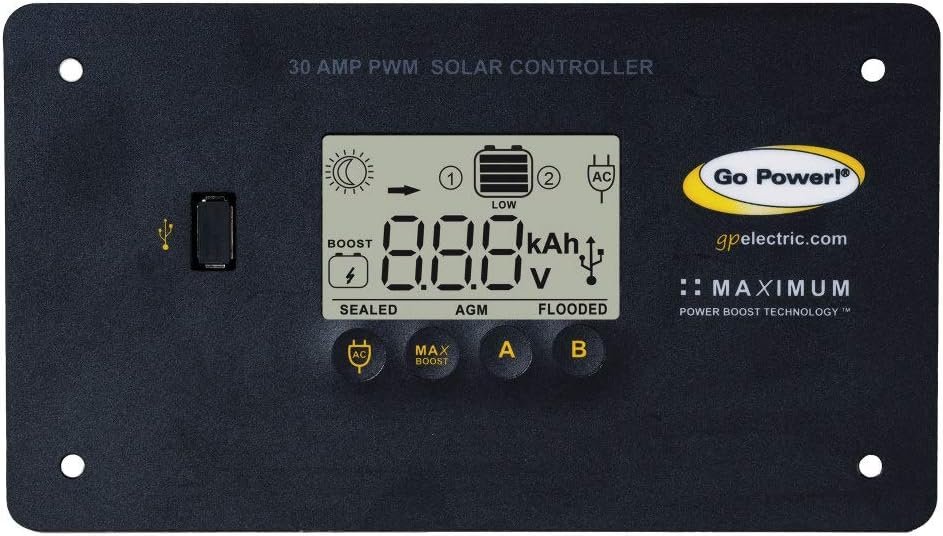Powering Your RV Adventures: Demystifying Solar Panels & Controllers
Imagine cruising down the highway, basking in sunshine that's not just warming your skin, but powering your entire RV! Solar panels are a game-changer for RVers, offering freedom from hookups and endless clean energy. But with all the technical jargon, you can feel like navigating a maze, not understanding how all of this works. Fear not, fellow adventurer, because we're here to shed light on the two main players: Solar Panels & Solar Controllers.
So, let's ditch the jargon and unpack how these little powerhouses transform sunlight into the energy that keeps your RV humming.
How Do Solar Panels Work?
Step 1: Sunlight Strikes: Think of sunlight as a stream of tiny particles called photons. These photons hit the solar panel, made up of numerous photovoltaic (PV) cells, typically containing silicon.
Step 2: Electrons Get Excited: Imagine each silicon atom like a tiny playground swing. When a photon hits the swing, it excites an electron, pushing it off its usual spot and creating a "hole" where it was.
Step 3: The Flow Begins: Now, picture the other electrons in the playground. Seeing the empty swing (hole), they rush to fill it, creating a domino effect where electrons move through the cell. This flow of electrons is what we call electricity!
Step 4: Built-in Highways: But these electrons don't just wander aimlessly. Each cell is layered with special materials that act like one-way streets, guiding the electrons towards positive and negative electrodes.
Step 5: Direct Current (DC) is Generated: This organized electron flow within each cell creates a small direct current (DC) electricity.
Step 6: Many Cells, One Panel: Hundreds of these tiny PV cells are connected in series within a panel, like batteries in a flashlight, amplifying the DC output.
Step 7: Powering Your RV: The DC electricity flows into your RV's battery bank, getting stored for later use. Now, your RV appliances can run on this clean, solar-powered energy!
Think of it like this: Imagine a tiny solar panel as a miniature watermill. Sunlight (water) hits the panel (mill), pushing electrons (waterwheel) to move, generating electricity (turning the mill). Many "watermills" in the panel (PV cells) combine their power for a stronger output. This electricity then gets stored in your RV's battery (reservoir) to power your lights and appliances!
All of this “free” electricity, called Direct Current (DC), needs some management before it reaches your batteries. That's where the controller comes in, acting like a smart switchboard. There are two types of solar controllers, MPPT & PMW, but how do they differ?
Solar Controllers, Explained
MPPT: The Efficiency Champion
Imagine MPPT (Maximum Power Point Tracking) as a meticulous engineer, constantly analyzing the voltage and current from your panels. Like a skilled surfer riding the perfect wave, it adjusts its settings to find the point where your panels produce the most power, even when the sun's intensity changes or shadows fall. This is especially helpful for:
RVs with smaller panels: Every watt counts, and MPPT squeezes out the maximum juice, perfect for space-constrained setups.
Partial shade: Trees or buildings blocking some sunlight? No worries! MPPT keeps your power generation humming even when panels aren't basking in full sun.
Cold climates: Cooler temperatures can affect panel performance, but MPPT compensates, ensuring you have enough energy for those chilly adventures.
PWM: The Simple and Affordable Choice
Think of PWM (Pulse Width Modulation) as a reliable workhorse. It regulates the power flow to your batteries by rapidly switching the current on and off, like a dimmer switch. While not as fancy as MPPT, it gets the job done and is often more affordable. However, there are some things to keep in mind:
Best for unshaded panels: If you have a larger, unshaded panel setup in sunny locations, PWM might be sufficient.
Less efficient under changing conditions: Unlike MPPT, PWM's power generation might drop in partial shade or colder temperatures.
So, which one is right for your RV?
It depends on your priorities and setup:
MPPT: Ideal for maximizing power with limited panels, partial shade, or cold weather adventures.
PWM: A budget-friendly option for larger, unshaded panels in sunny locations.
Remember, choosing the right controller is crucial for optimizing your RV's solar power. Consider your budget, panel size, typical camping locations, and desired level of efficiency. Personally, I would always go with MPPT, as they are not that much more expensive and will make your solar setup WAY more efficient.
With this knowledge, you can confidently choose the controller that fuels your off-grid adventures and lets you chase the sun with ease!



